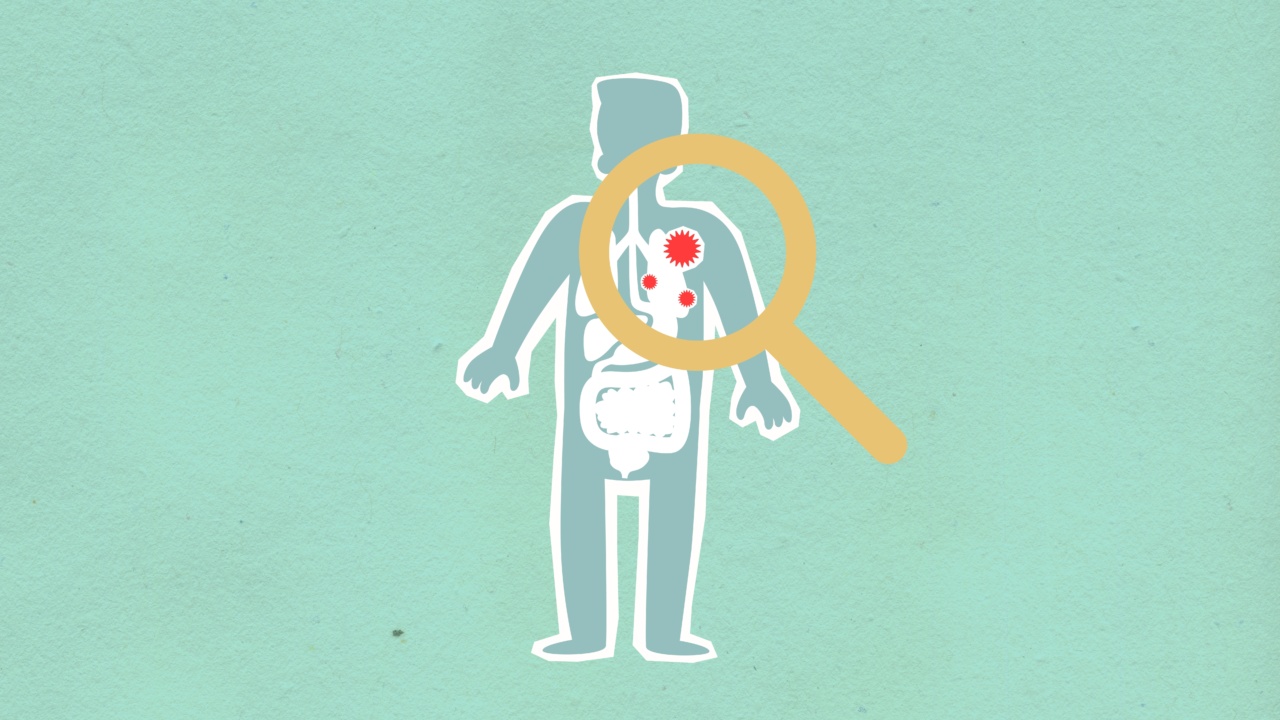Cardiovascular disease, also known as heart disease, is a group of conditions that affect the heart and blood vessels.
It is the leading cause of death worldwide, with more than 17 million people dying each year from heart attacks, strokes, and other cardiovascular conditions.
Risk Factors for Cardiovascular Disease
There are many risk factors that increase the likelihood of developing cardiovascular disease. These include:.
- Smoking and tobacco use
- High blood pressure
- High cholesterol
- Diabetes
- Obesity
- Family history of heart disease
- Age (risk increases with age)
Individuals who have one or more of these risk factors should take steps to reduce their risk of developing cardiovascular disease, including quitting smoking, maintaining a healthy diet and weight, exercising regularly, and managing any chronic health conditions.
Symptoms of Cardiovascular Disease
Symptoms of cardiovascular disease can vary depending on the specific condition. However, some common symptoms include:.
- Chest pain or discomfort
- Shortness of breath
- Palpitations (irregular heartbeats)
- Fatigue
- Dizziness or lightheadedness
If you experience any of these symptoms, it is important to seek medical attention immediately.
Types of Cardiovascular Disease
There are many different types of cardiovascular disease, each with its own set of symptoms and treatment options. Some common types of cardiovascular disease include:.
Coronary Artery Disease
Coronary artery disease is a condition in which the arteries that supply blood to the heart become narrow or blocked, reducing blood flow to the heart muscle. This can cause chest pain or discomfort (angina), shortness of breath, and other symptoms.
Treatment options may include lifestyle changes, medications, or procedures such as angioplasty or coronary artery bypass surgery.
Heart Failure
Heart failure is a condition in which the heart is unable to pump enough blood to meet the body’s needs. This can cause symptoms such as fatigue, shortness of breath, and swelling in the legs and ankles.
Treatment options may include medications, lifestyle changes, or surgeries such as heart valve replacement.
Arrhythmias
Arrhythmias are conditions in which the heart beats irregularly or too slowly or too fast. This can cause symptoms such as palpitations, lightheadedness, or fainting.
Treatment options may include medication, lifestyle changes, or procedures such as pacemaker implantation or catheter ablation.
Stroke
Stroke occurs when the blood supply to the brain is interrupted, causing brain cells to die. This can cause a variety of symptoms, including weakness or numbness on one side of the body, difficulty speaking or understanding speech, and vision problems.
Treatment options may include medications, lifestyle changes, or procedures such as thrombectomy or carotid endarterectomy.
The Costs of Cardiovascular Disease
The impact of cardiovascular disease extends far beyond the physical and emotional toll on individuals and families. It also has significant economic consequences, including:.
- Medical expenses for diagnosis, treatment, and ongoing care
- Lost productivity from missed work days and disability
- Costs associated with premature death
Estimates suggest that the total cost of cardiovascular disease in the United States alone is more than $500 billion per year.
This underscores the importance of prevention and management efforts to reduce the burden of cardiovascular disease on both individuals and society as a whole.
Preventing Cardiovascular Disease
Preventing cardiovascular disease requires a comprehensive approach that addresses both individual risk factors and broader societal factors that contribute to the disease. Some key strategies for prevention include:.
- Maintaining a healthy lifestyle, including a healthy diet and regular exercise
- Managing chronic health conditions, such as high blood pressure, diabetes, and high cholesterol
- Quitting smoking and avoiding exposure to secondhand smoke
- Reducing stress and getting enough sleep
- Creating supportive environments that promote healthy behaviors, such as access to healthy foods and opportunities for physical activity
- Implementing policies that reduce exposure to environmental factors that contribute to cardiovascular disease, such as air pollution
Conclusion
Cardiovascular disease is a devastating condition that affects millions of people worldwide. It is the leading cause of death and has significant economic and social consequences.
However, the good news is that many cases of cardiovascular disease are preventable through lifestyle changes, managing chronic health conditions, and creating supportive environments that promote healthy behaviors. By working together to prevent and manage cardiovascular disease, we can improve the health and well-being of individuals and communities around the world.


























